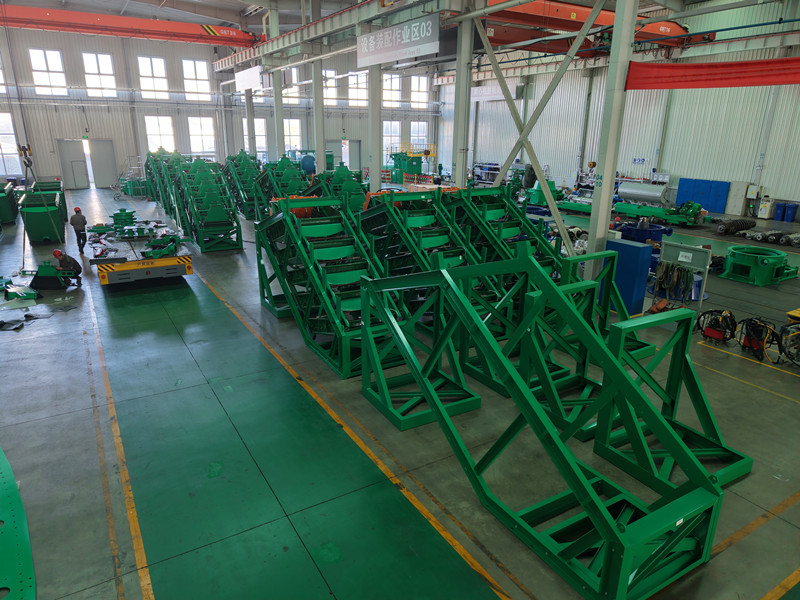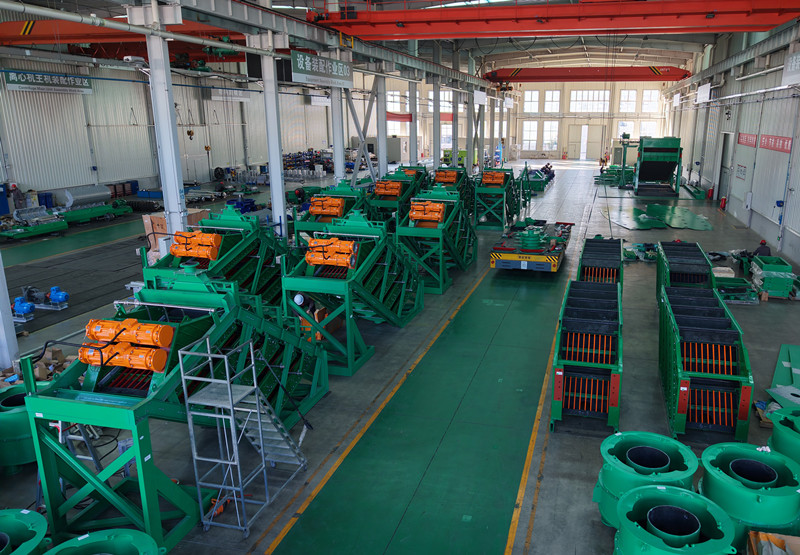In the world of mineral processing, efficiently separating valuable minerals from waste is a constant challenge. For ilmenite, a key source of titanium, one of the most critical steps happens after the ore is crushed and ground. This step, called classification, ensures that particles are the right size before the next stage of separation. For a long time, traditional equipment like cyclones were used, but they often struggled with inefficiency. Enter the game-changer: the GN 5-Deck stack vibrating Screen. This advanced technology is setting new standards in ilmenite processing plants.
So, what makes this screen so special? Imagine not one, but five screening decks stacked on top of each other, all vibrating in perfect sync. This is the core of the GNZ screen’s design. Powered by a highly efficient dual-vibration motor system, it creates a high-speed, low-amplitude vibration. This gentle but rapid shaking action is perfect for handling wet, fine-grained materials like ground ilmenite. The screens are lined with tough, flexible polyurethane panels that resist wear and clogging, which is essential for the abrasive nature of ilmenite ore.
The magic happens in its operation. A slurry of ground ilmenite and water is fed evenly onto the top screen. As the stack vibrates, the material is spread thinly across the surface. The fine particles, which are the correctly ground target material, quickly pass through the screen’s openings. The coarser particles, which need to be sent back for more grinding, are carried across the screen and discharged from the end. This process is repeated across each of the five layers, ensuring a remarkably thorough and efficient separation.
The benefits for an ilmenite processing plant are substantial. The most significant advantage is precision. Traditional cyclones often allow some fine, valuable particles to be mistakenly sent back to the grinder. This “over-grinding” not only wastes energy but can also make the ultrafine particles too difficult to recover later. The GNZ screen provides a much sharper cut, significantly reducing over-grinding. This directly translates to higher recovery rates—meaning more titanium is captured—and a higher grade of final concentrate.
- Furthermore, the GN 5-Deck vibrating screen is a powerhouse when it comes to capacity. A single unit, with its five decks, offers a massive screening area equivalent to several traditional machines. This compact, multi-layer design saves valuable floor space, a major advantage for both new installations and upgrades to existing plants. The result is a huge boost in processing capacity without a corresponding increase in the plant’s footprint.
The use of 13 unit GN 5-Deck vibrating screens in a large-scale operation represents a strategic move towards maximum efficiency and reliability. This configuration can handle immense volumes of ore, ensuring a continuous and stable flow through the grinding circuit. By working together, these screens create a highly efficient closed-loop system: the finely classified material moves forward for extraction, while the oversize material is efficiently returned for further grinding. This smooth operation leads to more consistent product quality and higher overall plant productivity.
Beyond performance, these screens are designed for durability and easy maintenance. Key components are built to withstand the harsh, abrasive conditions of a mineral processing plant. When a screen panel does need replacement, the modular design allows for a quick swap, minimizing downtime and keeping the production line running.
In summary, the application of 13 GN 5-Deck vibrating Screens in an ilmenite grinding circuit is a textbook example of smart technology solving industrial challenges. By delivering precise classification, high capacity, and robust reliability, this system directly addresses the core inefficiencies of traditional methods. It unlocks higher mineral recovery, improves product quality, reduces energy consumption, and paves the way for a more profitable and sustainable ilmenite processing operation. It’s not just an equipment upgrade; it’s a strategic leap forward.

